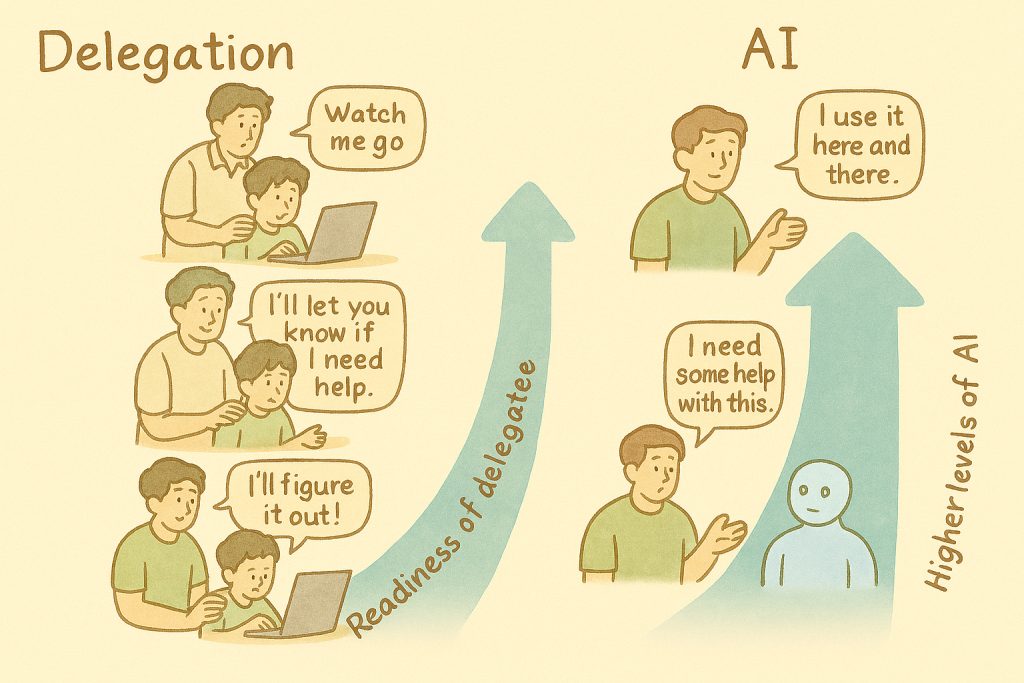Shanks was the 10th employee of his company. Over the last 10 years it has grown to a 1000 strong organization. He’s now been made the head of the Program Management Office. Just prior to this he was based in the US managing customer relationships.
In his new avatar, the mandate was to provide a good forecast of the projects that are running. He looked at the project reviews that were happening – there were plenty of slick graphs and data. He followed that with coffee chats with the various internal stake holders – nobody believed in these reports or graphs, though they all produced it and seemingly “consumed” the content. Further, informally, every one was sharing a different story about their project. He was surprised at all this – given the way the teams and leaders would present it to him and the customer, till a while ago, in his earlier avatar.
In the early years when Shanks was working in the Engineering center in India, they never had the luxury of creating all these wonderful reports – but then everyone in the team and the management knew exactly what was the status and what is needed to make the project happen.
As Shanks, what would be your next steps to bring credibility to the Program Management office mandate?
Suggested Solution:
This situation is not uncommon, when organizations scale up, and people implement process – without fully looking at its value.
Here’s some suggestion for Shanks:
1. He gets a real pulse of the ground situation This he has already done. The right start to get cracking.
2. He should spend time with the various groups of stakeholders to understand what would they look for in the report. He should try to understand why they look for – “what they look for”. This way he will get the underlying intent.
3. He also needs to understand, that what happened in the earlier stage of this company (when they were small), may not be easy to replicate and scale when the company has become very large.
4. Having said that, he needs to now see, how he can help people bring the earlier culture within smaller groups of the organization. So, he has to enable this sense-based managing.
5. He then needs to work across the various sub-groups to see, how they can tailor the report that they produce for relevance.
6. In other words, he should be able to help the team create only that content in the report, that’s relevant to their project – it should not be there because that’s the organizational template.
7. If he finds that there’s something that’s valuable but the team choses to not include, he has to take a coaching style to help the team realize the value of that or an equivalent. This way the reporting will become relevant.
8. I would say the combination of sensing, and customizing the reporting for relevance will be the way forward.




